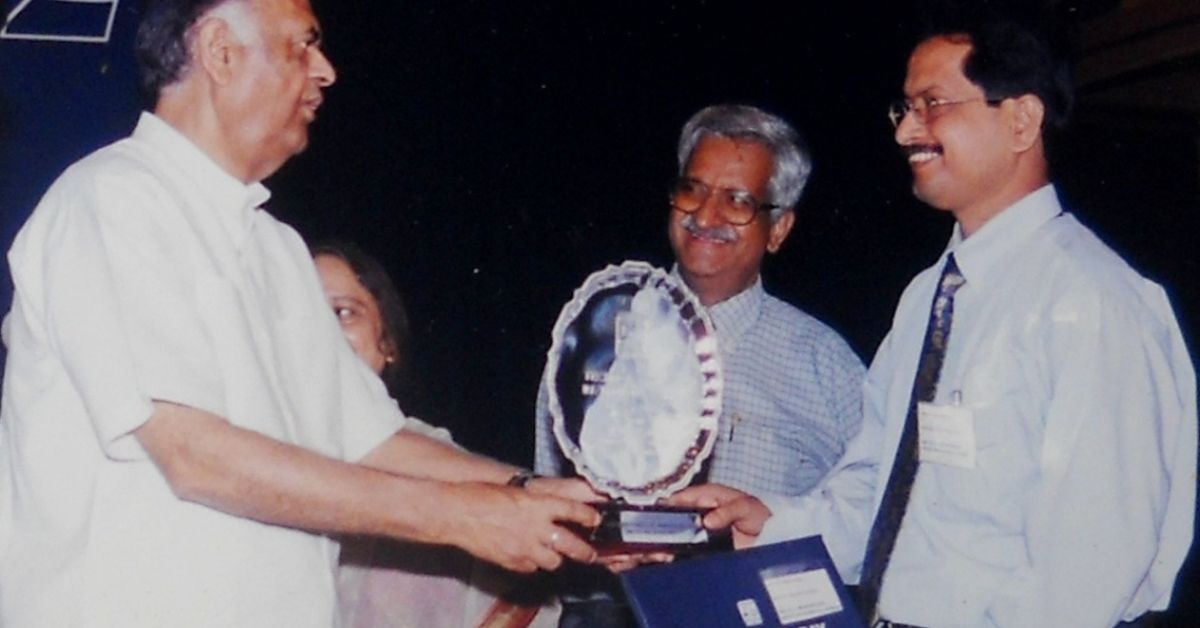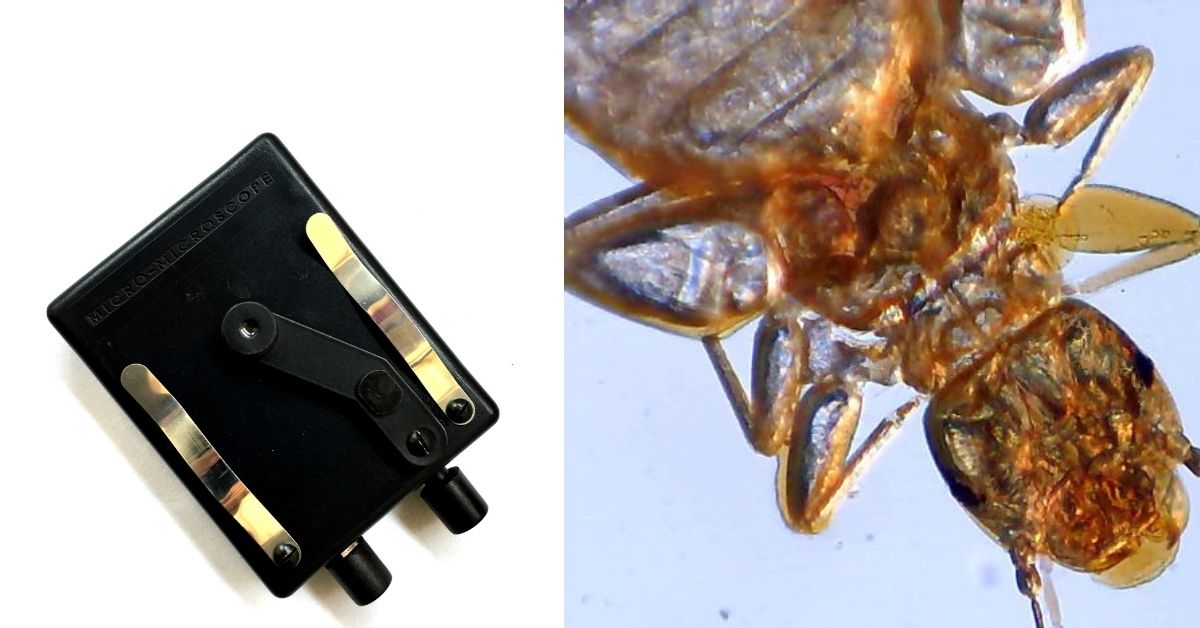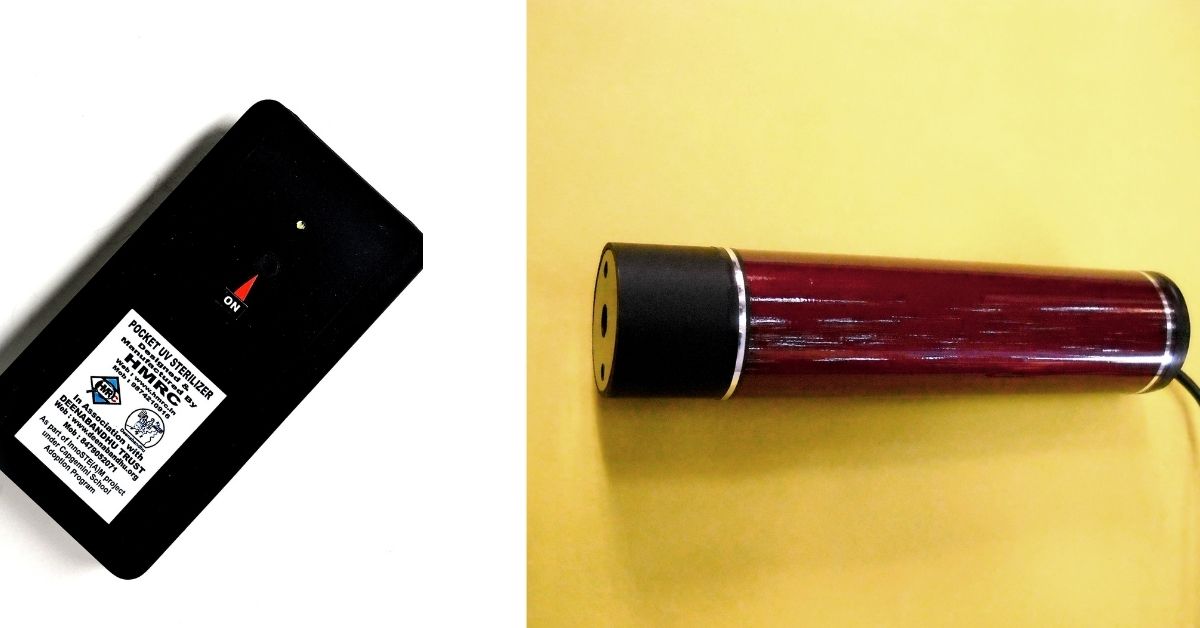Four-year-old Ramendra was at his grandfather’s home, taking an afternoon nap, during one summer holiday. All the doors were closed, and the curtains had been drawn, leaving the room drenched in darkness, but for a single beam of sunlight streaming in through the crack in the door. Ramendra’s curious eyes followed the beam of sunlight, right up to the wall opposite the door. The wall, like a cinema screen, came alive to depict the noisy world outside. As Ramendra’s family slept—lorries, cows, people and trees—everything was visible. The room had become a pin-hole camera.
The afternoon siesta was now all but forgotten, as Ramendra rushed to see if what he saw could be replicated on a smaller scale. He picked up his grandmother’s white coloured cough syrup box and a safety pin from his mother. He punched one small hole on one side of the box for the light to be able to enter and made a larger hole on top to see inside the box. Lo and behold, he could see the trees, people, lorries and cows inside this tiny camera.
“Years later, when I was in Class VIII or IX, I studied what a pin-hole camera was. That’s when I realised what I had made,” Dr Ramendra Lal Mukherjee, now 59, recalls.
Dr Mukherjee lives in Howrah with his wife and son and is known as a “serial inventor”, with over 30 internationally patented inventions to his name so far. Some of these include a lie detector, a stone analyser, an electronic ENT scope, a transmission electronic microscope, and a portable auto scope for ear inspection.
His most notable invention, perhaps, has been the micro microscope, which he made in 1998. For this, he was awarded the National Award on Technology Day by the Government of India in 2002. The invention has also been accepted and recognised by the World Intellectual Property Organisation in Geneva, Switzerland.

A different ‘magnified’ perspective
The story of this micro microscope dates back to the year 1975, Dr Mukherjee says. “Around the time I was in Class IX, my brother gifted me two lenses. I was reading a newspaper and playing around with the lenses one day, and noticed how the letters were enlarged in a particular position,” he tells The Better India.
The first version of this microscope was made using a 400g can of Cuty Talcum powder, the two lenses, a wooden block, and a switchboard, among other items that he took from various corners of his home. Under this “microscope”, Dr Mukherjee noticed a mosquito, and how clearly the insect’s blood vessels were visible. With this new invention, he approached his biology teacher, who was intrigued. A group of students and professors arrived at his home to see the invention for themselves. Dr Mukherjee was told that he had just made a compound microscope. “Mind you, I’d never seen a microscope up close before. I studied in a Bengali-medium school, and had not seen an instrument like that there,” he says.
“My research and work began from that day onwards,” Dr Mukherjee says. All through his years as a student of engineering, and in his subsequent jobs, he worked on modifying and building on the microscope. He adds, “I wanted to build a microscope that could magnify to the same level as a compound one [which magnifies up to 100 times].”

‘Scientists did not believe my invention’
In 1985, Dr Mukherjee started working at HCL. Through the years, he was promoted to senior positions, but found himself increasingly pressed for time. “I was not able to find much time to dedicate to my research and building the microscope. I’d only return home around 11 pm, and start the next day around 7 am. I decided to quit my job in 1997 so I could dedicate all my time to this microscope,” he says. Around this time, about 90% of Dr Mukherjee’s work on the micro microscope was completed. And he wrapped up his project by 1998.
The invention went live the same year, for which Dr Mukherjee received his patent, and recognition across Indian newspapers. Around 50,000 micro microscopes have been sold within India and abroad. The unit is pocket-sized, suitable for field study, used by any student from Class II onwards, and can last up to one year with daily usage of an hour. Dr Mukherjee also works with various NGOs and in teacher training workshops to demonstrate his inventions. “The process of inventing and filing for even one patent is very expensive. I used all my earnings from this invention to further my other ones,” he says.
Alongside, Dr Mukherjee had been working on other instruments. One of these was a portable ECG machine. During his posting in Chandigarh, Dr Mukherjee was encouraged by his general manager to work on his research after office hours. “At that time, these machines were bigger than a fridge. My idea was to replicate this on a smaller scale,” he says. More recently, at the onset of the COVID-19 pandemic, Dr Mukherjee says he designed a smartphone-sized UV steriliser that can sanitise any item within a fraction of a second. A bigger version of this instrument is being used by Birla planetarium and cinema halls for sanitisation.

In 2010, Dr Mukherjee made a microscope that he claimed could perform the functions of all microscopes. This meant that the device could act as a transmission microscope, scanning microscope, polariser microscope, metallurgy microscope, among others. He applied for a patent for the device that year, and dismantled the prototype, because some components needed to be used for other inventions he was working on. But his patent was stalled. “My research paper had travelled across countries, and scientists did not believe the microscope could actually do what I was claiming,” he says.
In 2020, the Controller of Intellectual Property Office, headquartered in Kolkata, wrote to Dr Mukherjee, asking him to demonstrate the instrument within seven days. “I was trapped, because I’d dismantled the prototype long ago. Besides, I had to ensure that the prototype I would send them was the exact same as what I had mentioned in the patent. Everything down to the size and shape had to be the same,” he says.
‘It is a part of who I am’
With his reputation as a serial inventor under threat, Dr Mukherjee got down to seven days of rigorous work. The prototype was ready. He marched to the patent office with the model, and demonstrated the microscope’s functions. Within two days, he had his patent certificate in hand.
In November 2019, he received a call from the Government of India’s Environmental Science department, with a request that he should build microscopes that could detect microplastics in water for an expedition in Antarctica. The catch was that the instrument had to be ready in three weeks. “It seemed near impossible, of course, but I made the instrument within two weeks,” he says.
“But the challenges surrounding this job keep me going,” he says. “I work hard to make the impossible, possible, no matter how daunting it seems. I’m always working on my inventions. I dream of new inventions when I’m asleep. I conduct my research both before and after office hours. I’m always thinking of what comes next.”

He recalls the time he quit his job at HCL. His son was only a-year-and-a-half old at the time. “Working on these inventions has been a big part of who I am, ever since I was little. To be able to continue that in my adulthood would not have been possible without my wife Vaishali’s support. That’s the only reason I have been able to do all of this. My family has also been extremely supportive,” he says. In 2019, Dr Mukherjee was awarded the Personality of the Year award for his dedicated work in his field. He counts his biggest achievement as the all-in-one microscope, which he fought a decade-long battle for it to be recognised.
Dr Mukherjee’s inventions, along with their specifications and usage, can be found here.
Edited by Yoshita Rao
No comments:
Post a Comment